Bumper guide to choosing what to grow in a rented garden
Annuals, perennials, herbs, vegetables and potted plants for renters
When you decide to grow things in a rented garden, there isn’t a lot of specific advice. This year, I’ve been thinking carefully about what type of plants to buy and grow (and why).
What plants will have the biggest impact in my rented garden, in the shortest time, with a limited budget? Last year I just grew annuals (from seed). This year, I wanted to have more variety, and I am growing a mix of annuals, bedding plants, bare roots, tubers, herbs and vegetables.
Below is a complete brain dump! This is beyond the typical garden advice about soil types, light, exposure etc - I take that into account as well. But there is endless information about that, so I am writing specifically about what type of plants to buy and grow when you are renting.
I’ve tried to keep it brief - but I failed! Ha! Let me know if you have feedback or questions- and please share the blog with anyone you know who is also gardening in a rented home.
Choosing plants for your rented garden
This year, I am growing annuals from seed, bedding plants from plug plants, perennial bare roots, dahlias from tubers, potted herbs and vegetables from garden centre seedlings.
BEFORE WE BEGIN! Just a reminder -
An annual plant flowers (and then dies) the same year that you sow the seed
A biennial plant flowers the following year
A perennial is a “forever” plant - it will survive frost and come back each year, usually growing bigger and better.
Annuals and bedding plants
Why are they good for renters? As a renter, the main benefit of annual plants is that they complete their whole life cycle in one season. You can plant a seed, watch it grow, flower, and produce more seeds in a matter of months. (Some plants are “tender annuals” in the UK but, in more temperate climates, would live longer.)
Just because a plant is an annual, doesn’t mean it will be small or unassuming. They can also make a big impact in a garden - remember plants like sunflowers, sweetpeas and cosmos are all annual plants. I am growing annuals to put in my flower bed, hanging baskets and patio containers.
Growing annual and bedding plants as a renter
This year I am growing annuals in two budget-friendly ways:
Sown from seed
Grown from plug plants
Sowing seeds
Sowing from seed is a very cheap way to grow annual plants, and there is so much joy to be had from growing your own flowers from seed. You can read all about growing annuals for a rented garden in a post I wrote on Medium last year.
Remember to check seed packet for the type of seed. I would not recommend growing biennial plants from seeds unless you know you will be in your home for another 18 months. Biennial plants include foxgloves, hollyhocks, delphiniums, primroses and other beautiful flowers. If you want to grow those, I would suggest trying bare root plants (below) or buying plants in 9cm or 1L pots.
Where to find cheap annual flower seeds: Firstly ask friends and neighbours as many gardeners collect their own seeds. You can get free seeds with a lot of gardening magazines, or from seed swap events.
Growing from plug plants
This year, to supplement my seeds, I got a pack of “free” plug plants from the Gardener’s World Offers website (you have to pay postage and packaging). They do these offers sporadically. The collection includes a bunch of tiny seedlings that need to be planted up as soon as they arrive. Once they are bigger, and frost has passed, they can go out into the garden.
It is a bargain to get a collection of plug plants for “free” - but you also need the materials to grow them on at home and you need to be ready to plant them up asap once they arrive. See below for more about materials!
Where to find plug plants and bedding plants: Collections of plug plants are often on offer online. You can also buy packs of bedding plants from a lot of supermarkets.
Bare root plants
A bare root plant looks like a crusty dead stick. Don’t be put off. It is actually a dormant plant, ready to burst into life in the right conditions.
Why are bare roots good for renters? Firstly, while bare-root perennials will put on a much better display in their 2nd year, they are more developed than plug plants and should grow and flower in their first year. They are cheap to transport, and you will end up with bigger plants than if you use plug plants. Finally, they can be grown in containers. Farmer Gracy have a fantastic guide about bare roots (see below for a discount code).
It’s possible to buy many different plants as bare roots, including biennials and perennials, as well as shrubs like roses and fruit bushes. This year I bought a bare root collection of 30 mixed perennial bare roots. It’s my first year growing from bare roots, and only 1 week after planting I already saw the shoots coming up!
Bare root plants are a bit sensitive to frost, so now they are potted up, I am keeping mine in a cold frame. You can also keep them in the house, or use a big plastic box as a mini greenhouse to protect them. It is also possible to plant them directly into the ground - but you have to protect them from slugs and other plants.
Where to find bare root plants: I got my mixed collection from Thompson and Morgan. You can get similar collections at Suttons, J Parkers, and even Groupon or Wowcher, and you can also buy bare roots at supermarkets, Home Bargains, and Poundland. For more specific bare roots, Farmer Gracy is very tempting.
UPDATE 2025: this year I have bought my bare roots from Farmer Gracy, and you can get an extra 10% off using my affiliate code SARAHROSEGROWS.
Bulbs and tubers
I am growing Dahlia Tubers for the first time this year. I think they are a great option for renters because, traditionally, Dahlia Tubers should be “lifted” every autumn. This means digging them up (every year) and storing them somewhere safe, then replanting the following Spring.
What a palaver! But for renters, this is actually so good: if you move house, they will not be at all affected by being lifted, stored and moved. Dahlias are known to provide impressive flowers and can fill a border in one season. You can see more about this on Dahlia Beach’s website where she talks about her own experience creating a thriving garden very quickly, all using Dahlias. I chose pollinator-friendly Dahlias (they are less frilly/complex).
Similarly, spring or summer bulbs will reach their full potential in one season. Spring bulbs should be planted in late autumn and summer bulbs (like lilies) can be planted in spring.
Where to find bulbs and tubers: Dahlia Beach has fancy collections, as does the Rose Press Garden. But you can get (cheaper) mixed Dahlia collections at most online nurseries, and I have also seen them in Home Bargains.
Herbs and vegetables
Herbs are such a renter-friendly thing to grow, because you really can grow them inside or on a windowsill. They can usually be harvested quite quickly. They aren’t exactly trouble-free, though - you do need to keep an eye on them, especially for pests. Herbs grow nicely in containers.
Where to find herbs for a rented garden: I got a collection of herbs from Urban Herbs last year that are still going strong. It is also worth visiting a nursery or garden centre for herbs, as they often do deals on the 9cm pots that will grow nice and bushy in one season. But my favourite way to grow mint and basil is to buy a pack of fresh herbs from the supermarket, and propagate them in water.
Vegetables are, in many cases, annual plants. I am hoping to grow vegetables on my patio this summer. Peas, broad beans, pumpkins, courgettes, cucumbers- they are all easy to grow, often they can be grown in pots, and in a few months you can get a harvest.
However, I am not a very confident vegetable grower. To grow flowers, you just need to keep a plant alive until it flowers. With vegetables, you have to keep it alive until the flower turns into a piece of food, and if a slug eats it you might get sad.
It’s not cheap or easy to sustain yourself from a rented garden, but don’t be put off. It is a lot of fun and satisfying - one year I grew pumpkins that clambered across the whole garden and almost through my back door.
I haven’t started any vegetables from seed yet this year, and my growing space isn’t ready. So I’m planning to prepare the space then get some vegetable seedlings from my local nursery.
Mature potted plants for renters
Are they good for renters? The quickest way to fill a garden is buying mature potted plants from a garden centre. When I completed a show garden at RHS Tatton Park, we bought 3L and 5L plants to fill the space and make the garden look mature.
This is an expensive way to plant a garden, and I wouldn’t recommend it in general. But I have done it with certain shrubs that I loved, and I wanted in my garden, for example a jasmine and a hydrangea. I would only do this if you plan to keep that plant in a container, and you know you’ll be able to move it.
RHS Show Garden Trick
One trick I learnt at Tatton is to bury potted plants into the ground. This means, when the time comes, you can simply lift the pot out of the ground without damaging it. At Tatton Park Flower Show, almost all the designers did this in the long border category.
Other things to think about
Materials to grow at home
When growing plants, the most budget-friendly options involve a bit of extra labour, like potting on and hardening off. As a renter, you might not have a lot of gardening materials and tools available. To grow plug plants, seeds, bare roots and tubers, you will need plant pots and compost. Some quick tips:
Collect recycled materials for your plant pots including egg boxes, yoghurt pots, tomato trays etc
Ask friends, family, local facebook groups and the local allotment for plant pots and old tools
If you don’t have a car to move compost, you can buy dehydrated coconut coir. This does not have enough nutrients to sustain a plant for its whole life cycle but it is ok to start them off, and it’s really light to transport
Otherwise, you can order compost online. I always use peat-free compost in my garden.
Anything else?
I hope this is helpful! I have more renter-focused gardening ideas on my Instagram account. Let me know if you have questions about this or other topics I should write about!
Sarah Rose




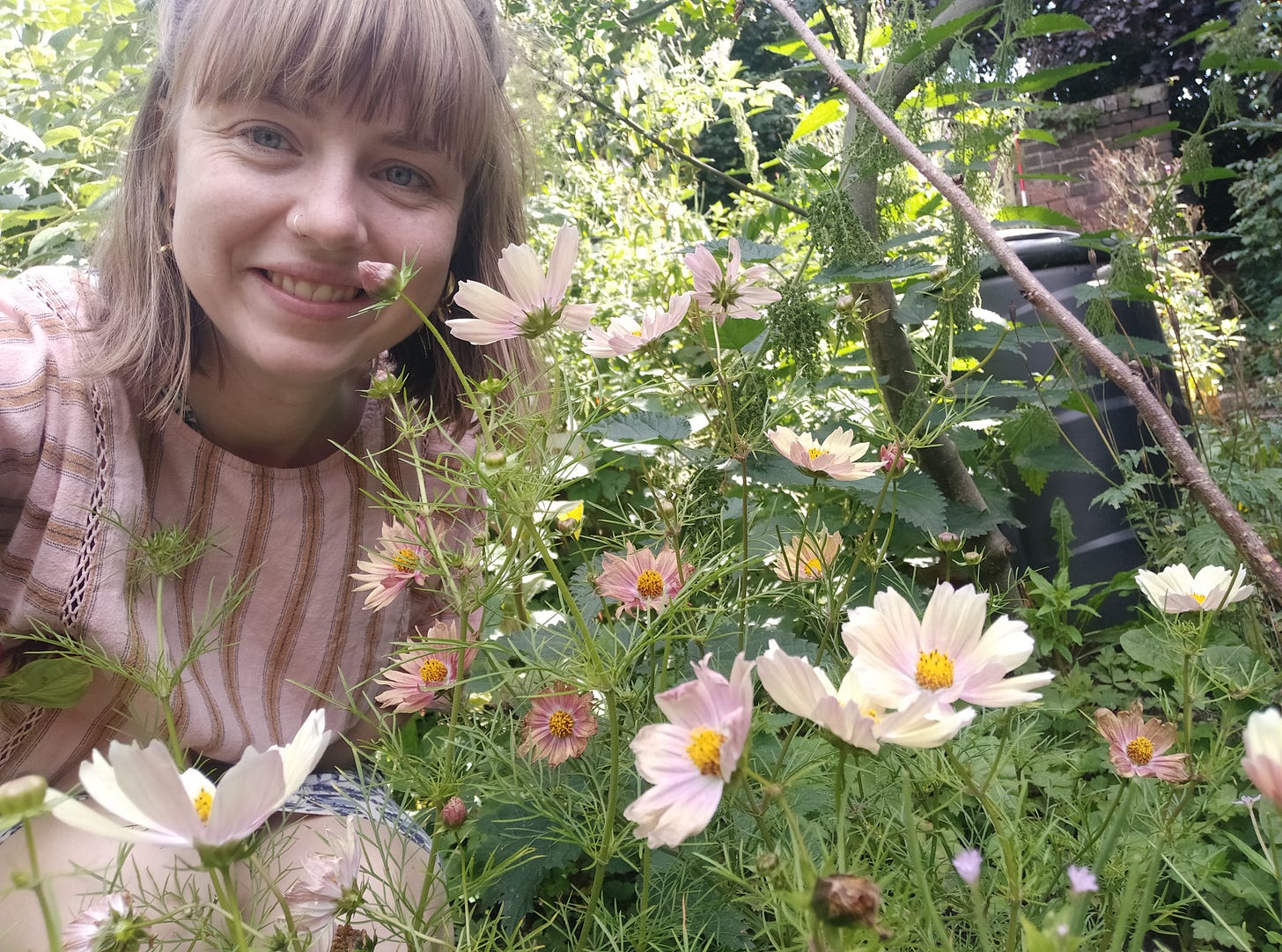


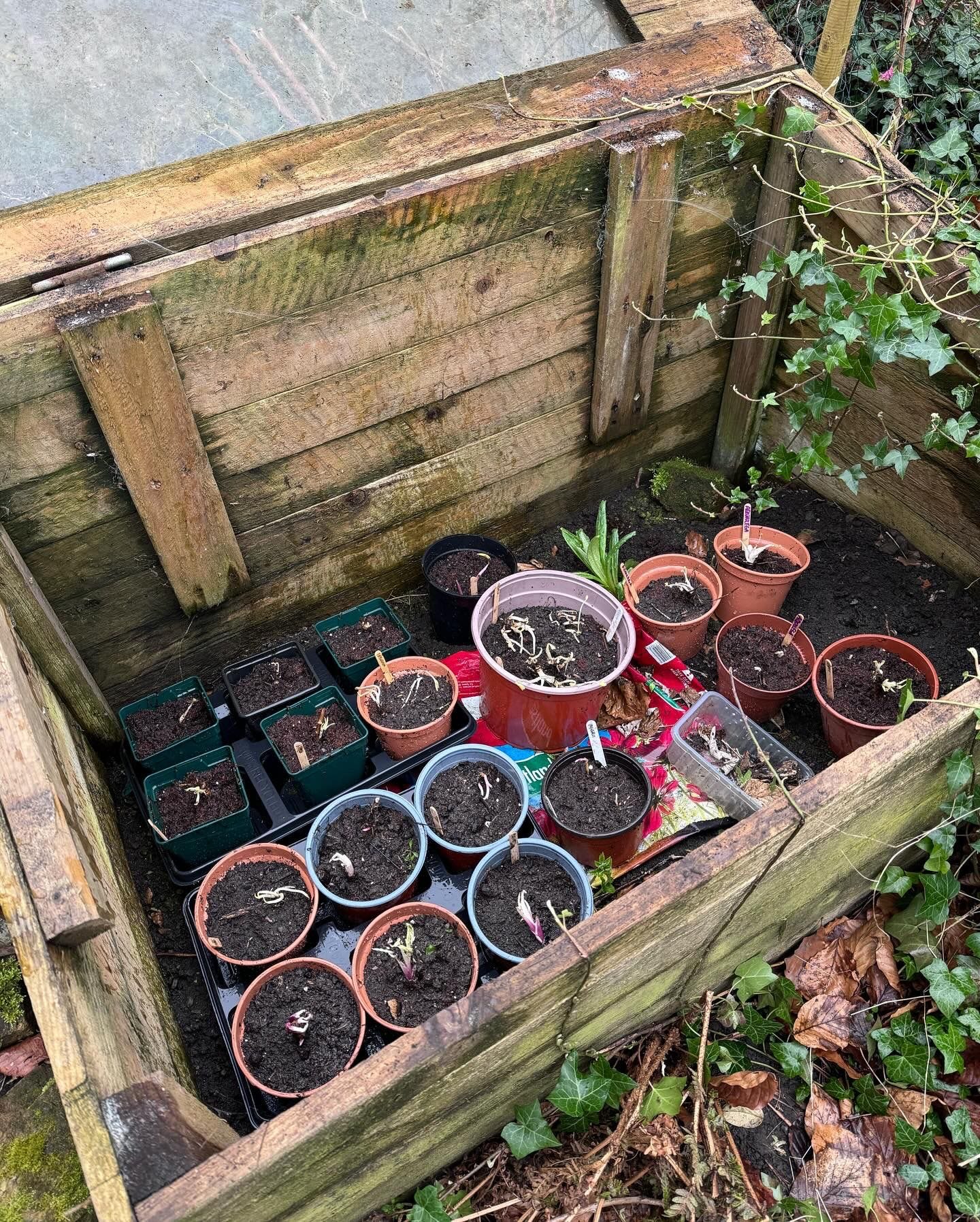

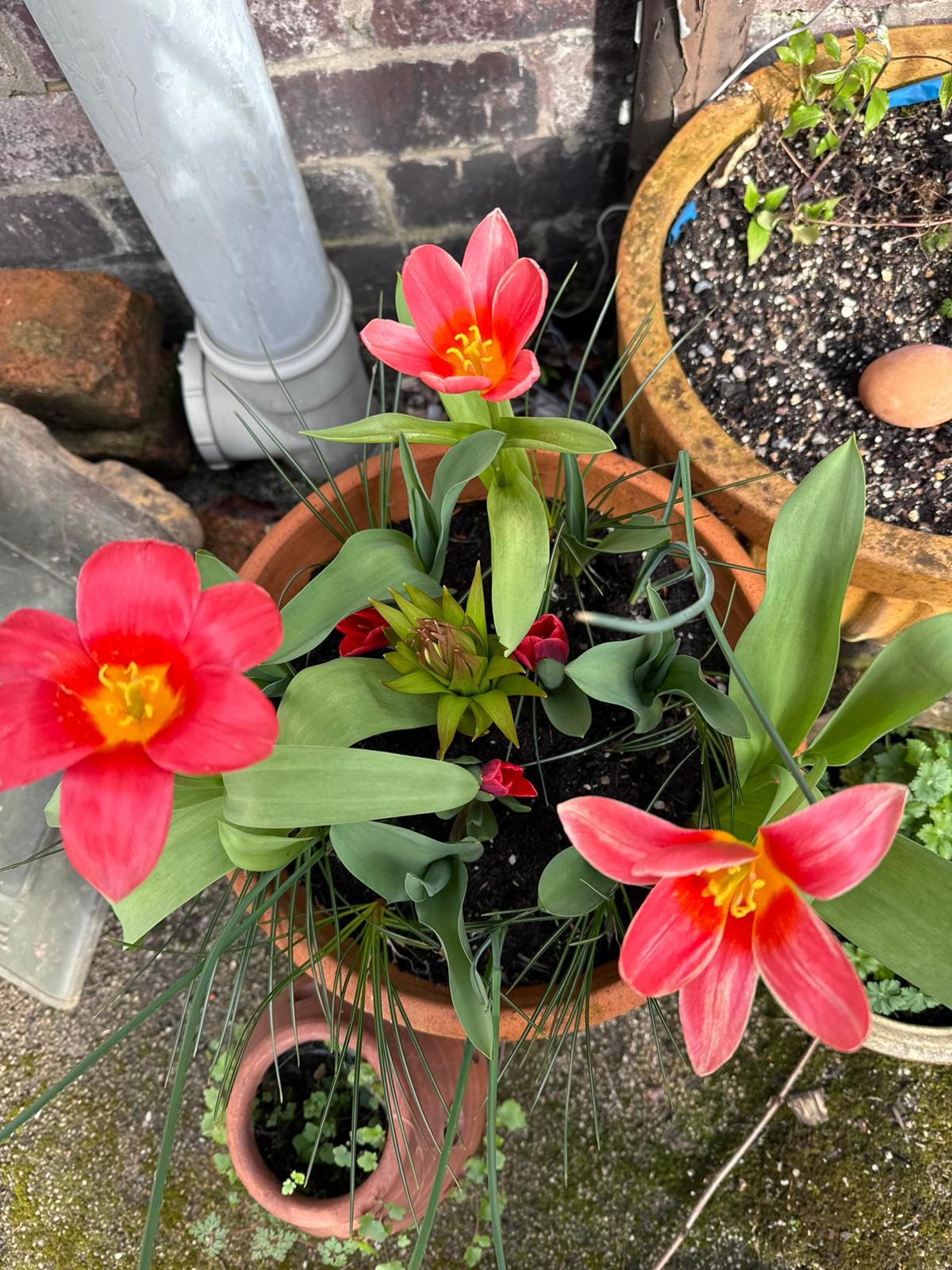
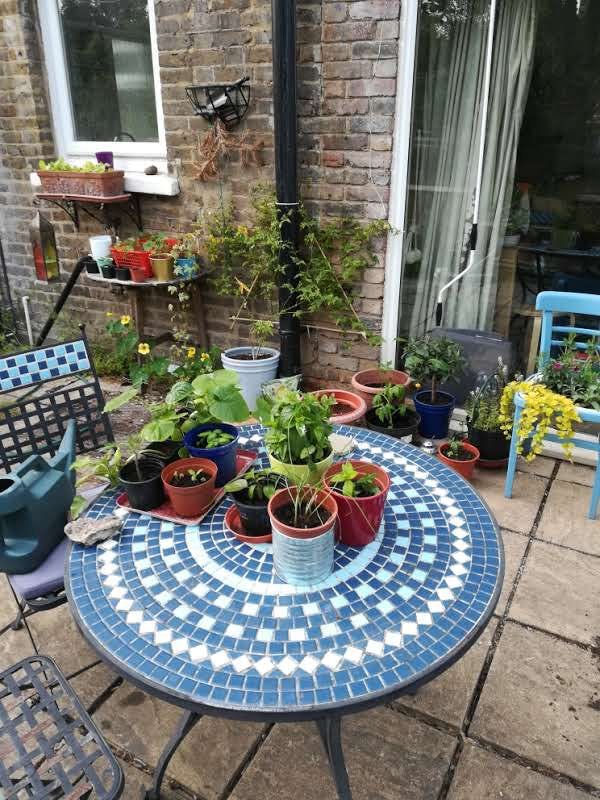
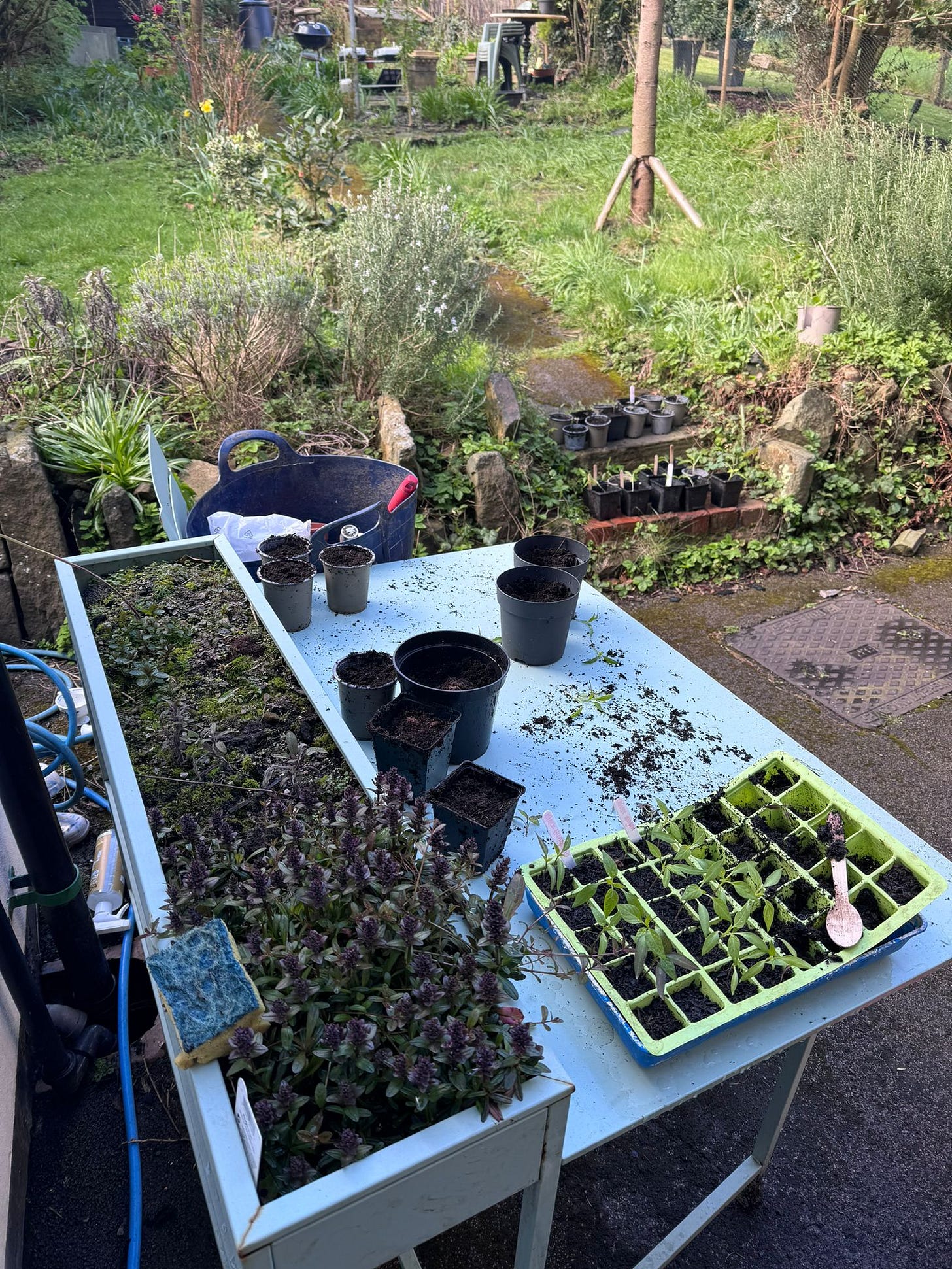
Some great tips Sarah, not just for renters.
Thanks for the brain dump, Sarah. I can't wait for the extended version.